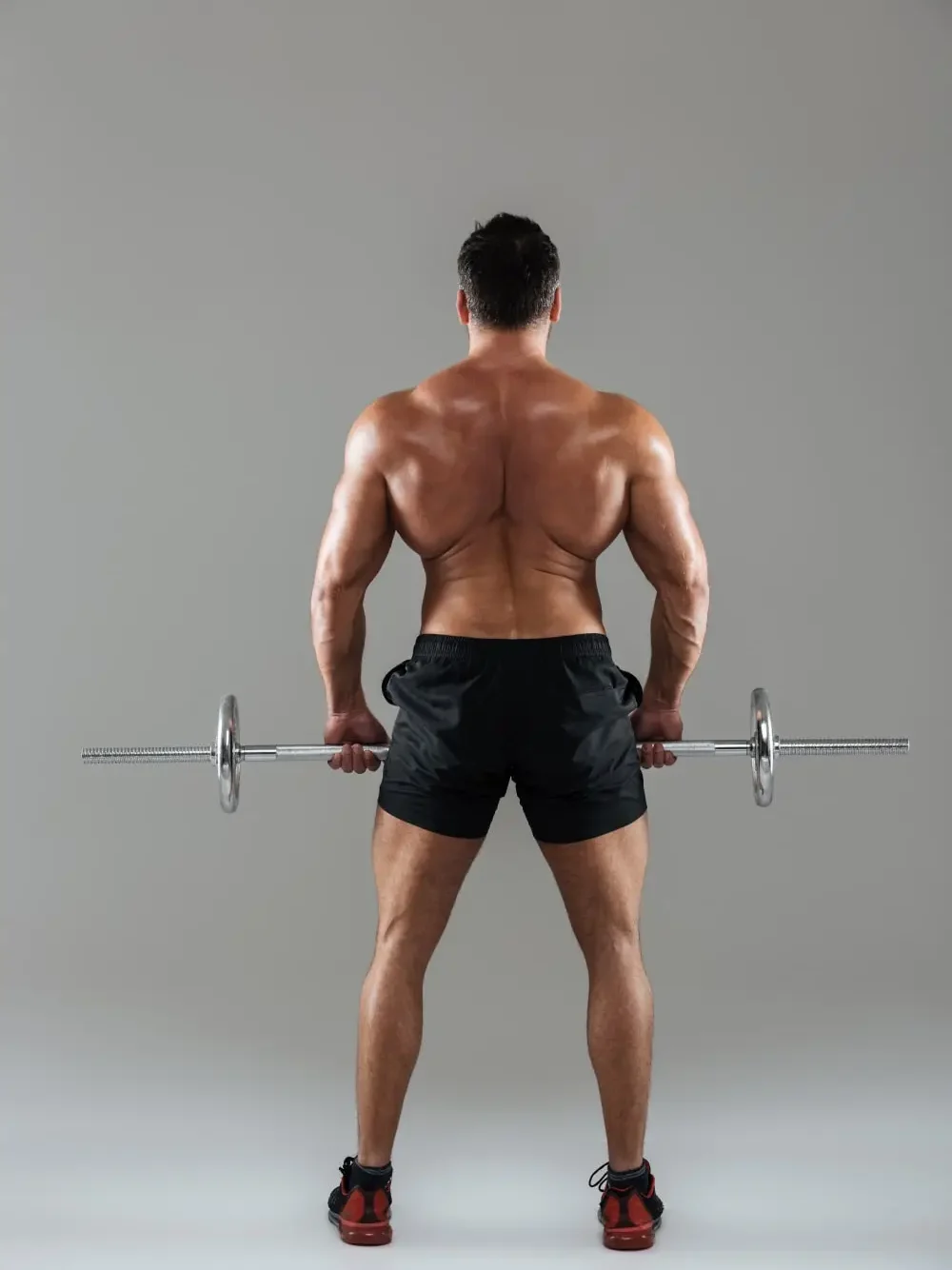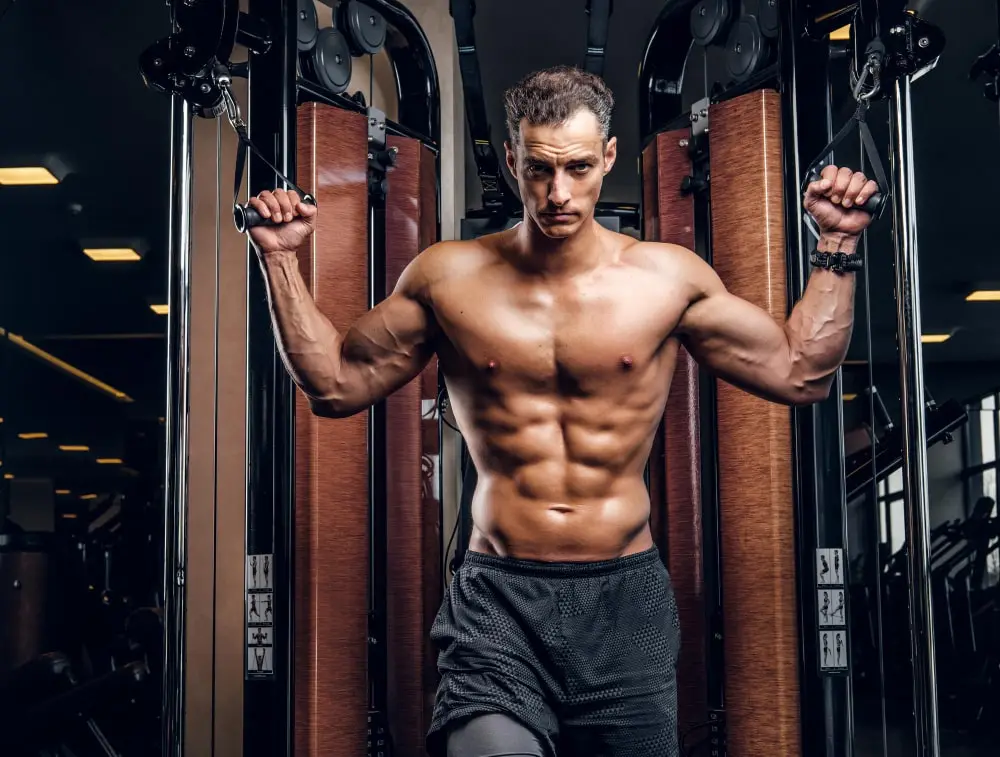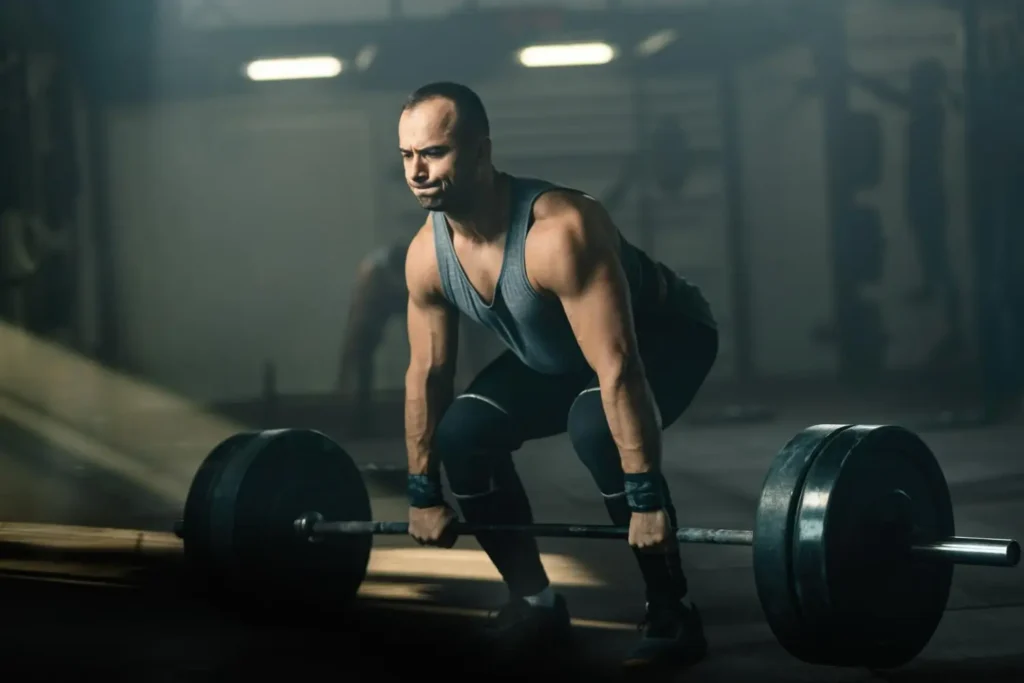The deadlift, a fundamental exercise in any strength-training program, is a powerful tool for building muscle mass and overall fitness. But just which muscles are firing during this compound movement? Many mistakenly think it’s just about back muscles, but the truth is the deadlift engages a complex symphony of muscle groups, working together for optimal power and performance.
Primary Muscles: Unleashing the Powerhouse

The deadlift primarily targets three key muscle groups:
- Glutes: The unsung heroes of the deadlift, your glutes are the prime movers responsible for hip extension and generating the explosive power needed to lift the weight from the floor. Imagine them as the engine driving the entire movement.
- Hamstrings: Acting in tandem with the glutes, your hamstrings provide additional hip extension and knee flexion, driving the barbell upwards. Think of them as the co-pilots, ensuring smooth and coordinated movement.
- Lower Back: The lower back, specifically the erector spinae muscles, is crucial in maintaining spinal stability and preventing injury. They act like a strong support system, ensuring proper form throughout the lift.
Secondary Muscle Support

While the primary muscles take center stage, a supporting cast of secondary muscles plays an important role in the deadlift:
- Quadriceps: These powerful muscles in the front of your thighs contribute to knee extension and provide stability during the lift.
- Core: Your core, encompassing your abdominal and lower back muscles, is essential for maintaining proper form and transferring power throughout the body. It’s the invisible conductor, coordinating the movement of all the other muscles.
- Trapezius: These large muscles in the upper back and neck provide stability and help with shoulder blade retraction during the deadlift.
- Forearms: While their contribution might seem small, your forearms play a crucial role in gripping the barbell and ensuring proper control throughout the exercise.
Recent Post
How to Find Maintenance Calories?
Variations for Targeted Activation:
Different deadlift variations can emphasize certain muscle groups more than others:
- Romanian Deadlift: This variation emphasizes the hamstrings and glutes, making it a perfect choice for targeting those areas.
- Sumo Deadlift: This wider stance variation emphasizes the inner thighs and quads, offering a different training stimulus.
By incorporating these variations into your routine, you can ensure well-rounded muscle development and address any potential imbalances.
Beyond Muscle: Unlocking the Deadlift’s Benefits
The deadlift isn’t just about building muscle; it offers a plethora of additional benefits:
- Improved Grip Strength: The deadlift significantly strengthens your grip, benefiting you in various daily activities and athletic endeavors.
- Enhanced Core Stability: The core’s constant engagement during deadlifts increases stability and improves posture.
- Better Bone Density: The deadlift stimulates bone growth, contributing to stronger bones and a reduced risk of osteoporosis.
- Increased Overall Fitness: The deadlift is a full-body exercise that improves cardiovascular health, endurance, and overall athletic performance.
Mastering the Deadlift: Form for Optimal Results
To reap the full benefits of the deadlift and maximize muscle engagement, proper form is crucial:
- Start with a strong hip hinge: Push your hips back and down, keeping your back flat and core engaged.
- Maintain a neutral spine: Avoid rounding your back or arching it excessively.
- Grip the barbell firmly: Use a mixed grip (one hand overhand, one underhand) for optimal control.
- Lift with your legs: Drive your heels into the ground and use your glutes and hamstrings to lift the weight.
- Keep the bar close to your body: Avoid letting the bar drift away from your legs as you lift.
- Control the descent: Slowly lower the weight back to the floor, maintaining proper form throughout.
Training Tips
Here are some tips for maximizing your deadlift performance:
- Warm-up properly: Prepare your muscles for the lift with dynamic stretches and light cardio.
- Focus on progressive overload: Gradually increase your weight over time to keep challenging your muscles.
- Practice proper breathing: Breathe deeply before each lift and exhale slowly as you stand up.
- Listen to your body: Pay attention to any pain and avoid pushing yourself too hard.
FAQs
What are the primary muscles worked by deadlifts?
The primary muscles involved in deadlifts are:
Glutes: These are the prime movers, responsible for hip extension and generating the explosive power needed to lift the weight from the floor.
Glutes muscle
Hamstrings: These work alongside the glutes for hip extension and knee flexion, propelling the barbell upwards.
Hamstrings muscle
Lower Back: The muscles in the lower back, specifically the erector spinae, maintain spinal stability and prevent injury, acting as a strong support system.
What other muscles are worked by deadlifts?
While the glutes, hamstrings, and lower back are the primary movers, several other muscles play a supporting role:
Quadriceps: These contribute to knee extension and provide stability during the lift.
Core: The core muscles in the abdomen and lower back are crucial for maintaining proper form and transferring power throughout the body.
Trapezius: The large muscles in the upper back and neck stabilize the movement and assist with shoulder blade retraction.
Forearms: These muscles grip the barbell, ensuring control throughout the exercise.
How do different deadlift variations affect muscle activation?
Variations like the Romanian Deadlift and Sumo Deadlift emphasize specific muscle groups:
Romanian Deadlift: This variation targets the hamstrings and glutes more intensely.
Sumo Deadlift: This wider stance variation emphasizes the inner thighs and quads.
Incorporating these variations ensures well-rounded muscle development and addresses potential imbalances.
What are the benefits of deadlifts beyond muscle growth?
The deadlift offers several benefits:
Improved Grip Strength: Deadlifts significantly strengthen your grip, benefiting you in daily activities and athletic endeavors.
Enhanced Core Stability: The constant core engagement during deadlifts leads to increased stability and improved posture.
Better Bone Density: Deadlifts stimulate bone growth, contributing to stronger bones and a reduced risk of osteoporosis.
Increased Overall Fitness: Deadlifts are a full-body exercise that improves cardiovascular health, endurance, and overall athletic performance.
Hello, fellow fitness enthusiasts! I'm Zayn, a Board Certified Fitness and Nutrition Coach. My journey started from a personal commitment to fitness, and over time, this passion ignited a desire to help others unlock their potential. I transformed this passion into my profession, and today, I'm proud to say that I am armed with a plethora of certifications, all testament to my dedication and commitment.
When I'm not advising clients or working on my next blog post, you'll find me trying out new fitness regimes, diving into the latest nutritional research, or practicing what I preach with my own healthy lifestyle. My mission is to help you become the best version of yourself, showing that fitness and nutrition are as much about the journey as they are about the destination.



Pingback: Sumo Deadlift Muscles Worked: Science Based Guide -